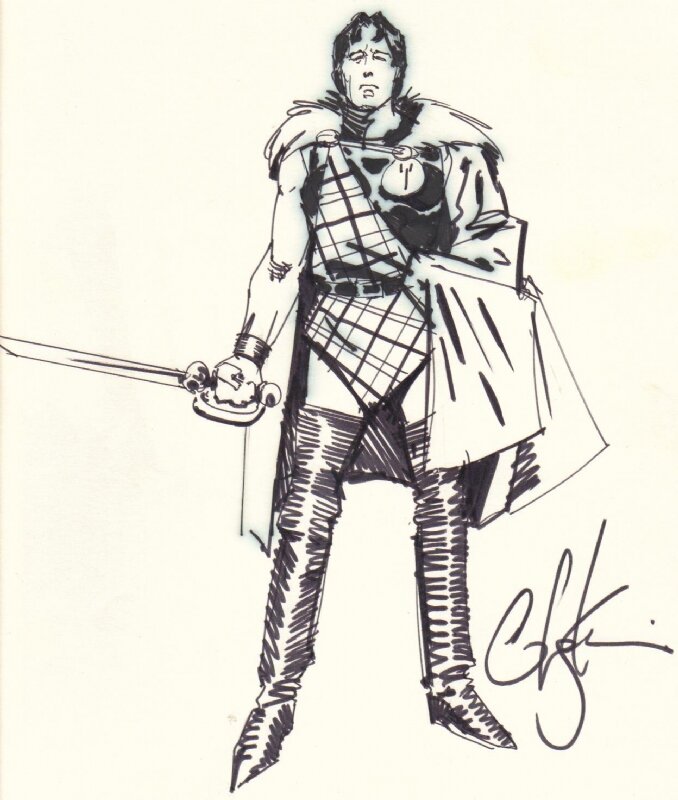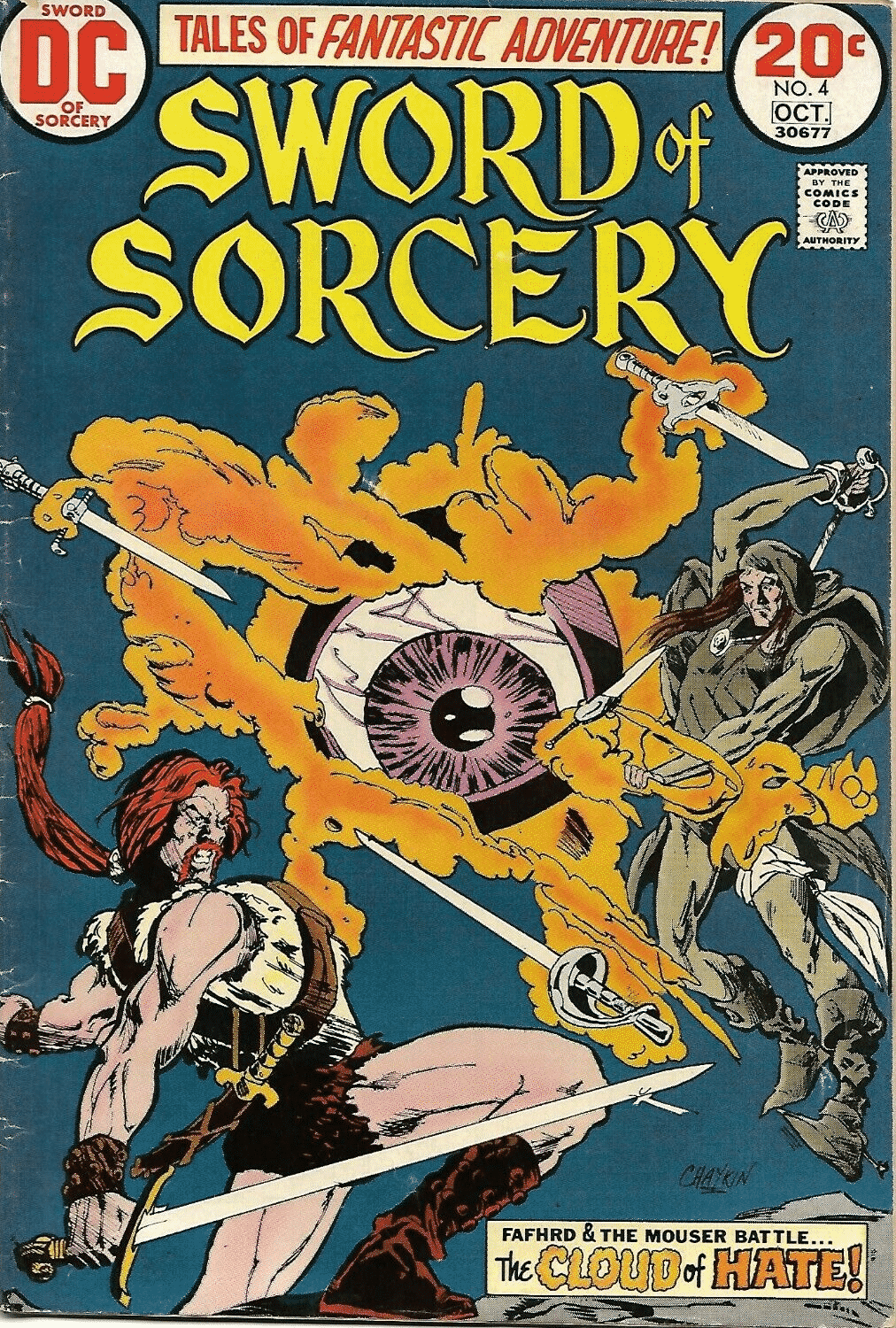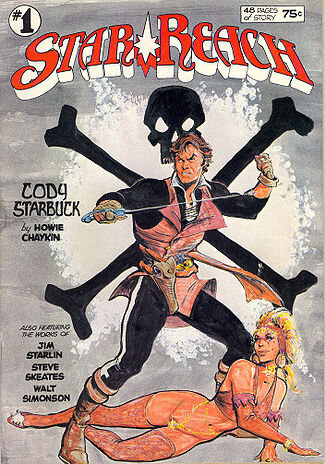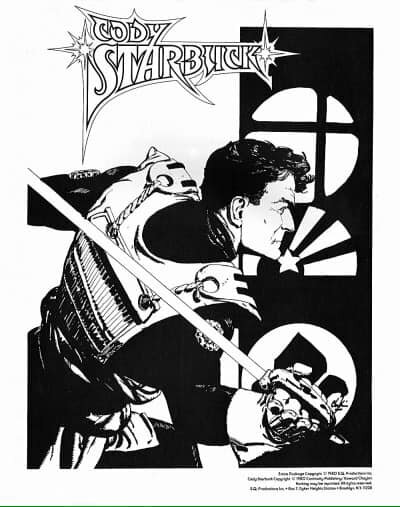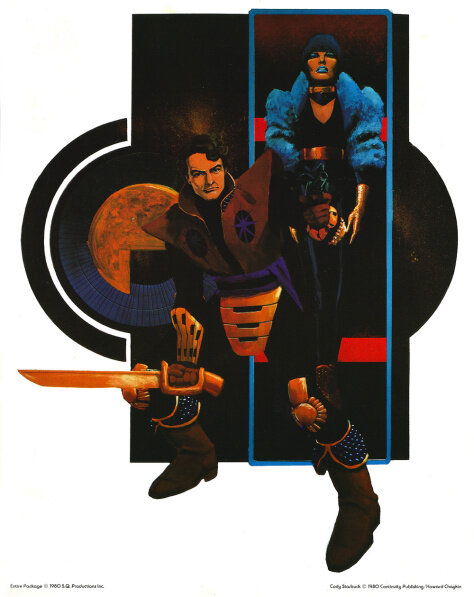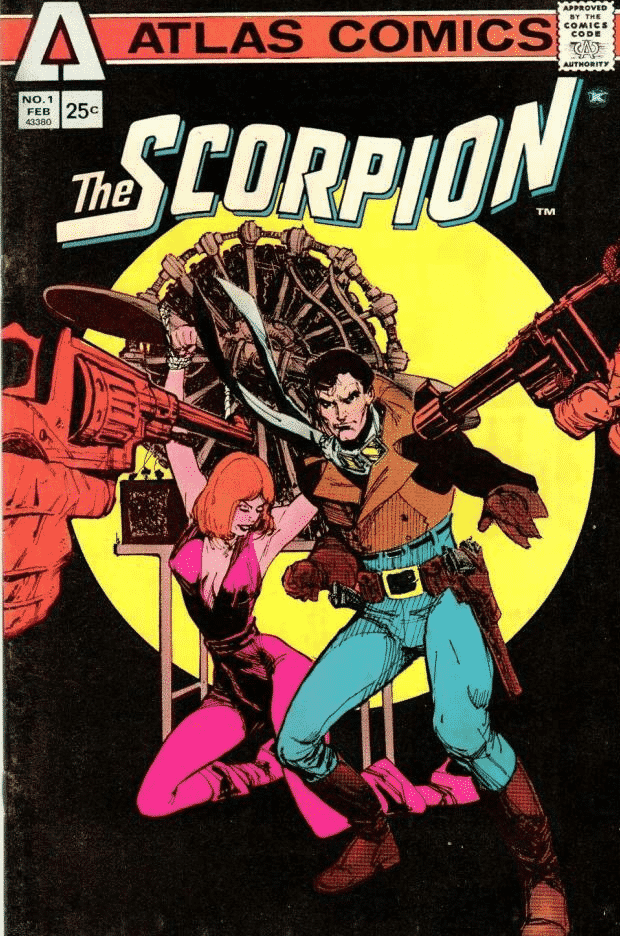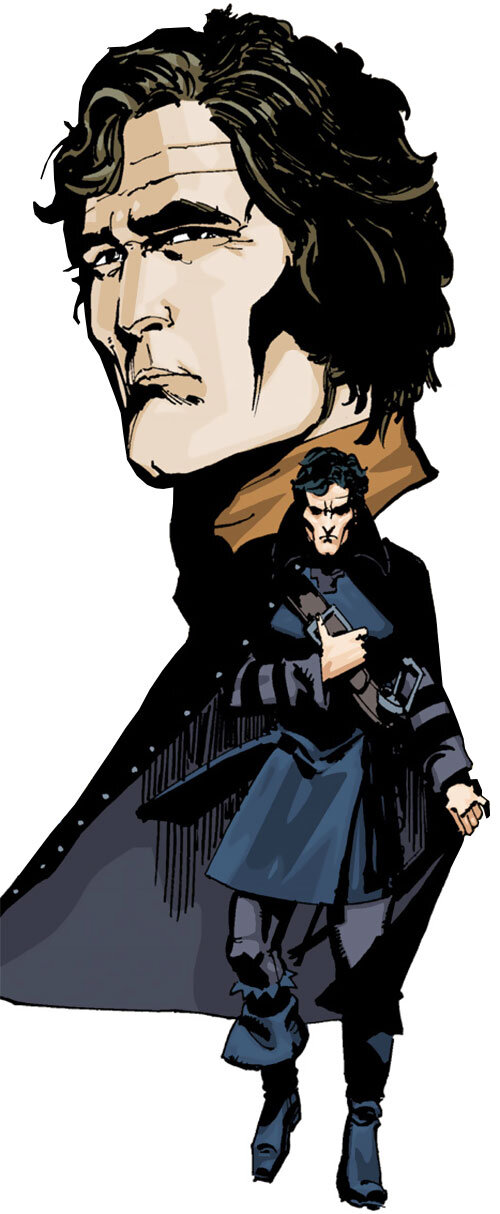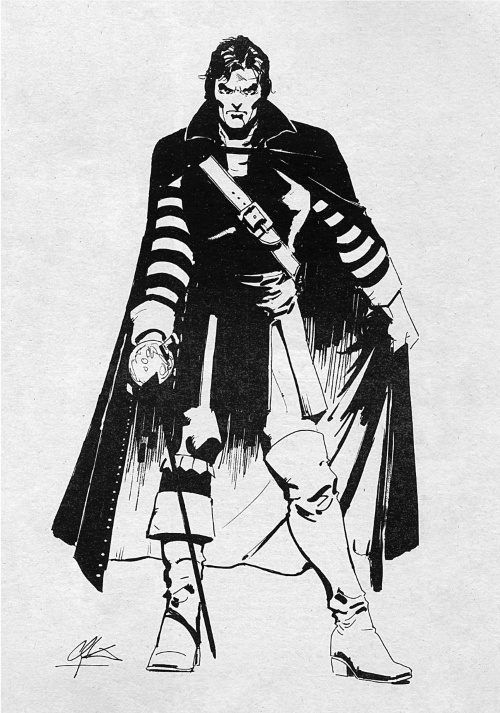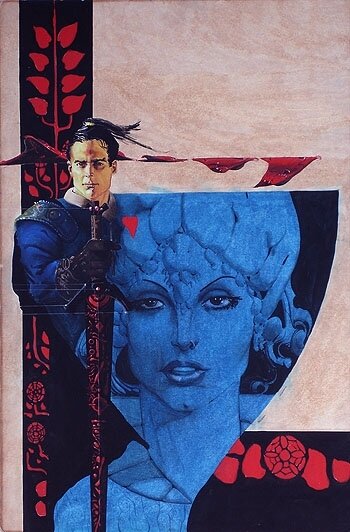The Savage Swords of Howard Chaykin
Lord Ironwolf by Chaykin. Cool lettering by Howie’s buddy, Walt Simonson.
Comics legend, Howard Chaykin, turned seventy years old today. A fifty-year veteran of the industry, he's known more nowadays for his controversial comics series of the last three-plus decades. However, he initially made his bones in the '70s doing space opera and sword and sorcery. That is what we'll look at tonight.
Chaykin, a native of Brooklyn, grew up poor with a love of comics and a burning desire to be a comics artist. At nineteen, he cold-called the mighty Gil Kane, who had just lost his assistant to a heart attack. Gil gave him the job. Kane did not mince words, telling Howie that his art was crap. Despite that, Chaykin had this to say about his mentor:
"He was the single most important male influence in my life."
Howard moved on from Kane's studio to that of Wally Wood for about a year. Wood was not in a good place, drinking and depressed. By 1971, Chaykin was on the streets looking to break into comics. It was around that time he met rising comics legend, Neal Adams:
"I met [Neal] at at DC comics when he was working in the [DC artists'] bullpen. That’s where I met Neal and we started hanging out. (...) And I met him again at one of the First Fridays [a monthly get-together of comics creators in NYC]. Originally the First Fridays were at Roy Thomas’ [place] and then they moved to Jeff Jones’ place. It’s where I met Bernie [Wrightson], it’s where I met Michael [Wm. Kaluta] and Alan [Weiss] and Frank [Brunner] and just all these guys. Roy Krenkel [was there as well], for Christ’s sake."
That networking paid off, especially with Neal Adams prodding Chaykin:
"Neal saw something in me, which I’ve never been able to understand, and that changed my life. He really did. He pushed me around, he yelled at me, he manipulated me. But he forced me to get work and he got me work and for which I will forever be grateful."
Regarding all four of his mentors in those early days, Chaykin said this a few years ago:
“I stand on the shoulders of Gil Kane, Gray Morrow, Wallace Wood, and Neal Adams.”
Howard's break came in 1972, when he got to plot and illustrate his own pulpish space opera series for DC's Weird Worlds: Ironwolf. The art was stronger than the plots, but it had great potential. In fact, George Lucas may've been reading it. We'll get to that later.
Weird Worlds was cancelled in 1973, but Chaykin was also doing DC’s Sword of Sorcery with Denny O’Neill, which adapted Fritz Leiber’s tales of Fafhrd and the Gray Mouser. Howie, a big fan of Leiber, would adapt the F&tGM stories to comics once again in 1990.
Sword of Sorcery was also cancelled in 1973, but Chaykin bounced back with a new hero loosely inspired by Ironwolf: Cody Starbuck, the debut tale of which appeared in the first issue of Mike Friedrich's Star*Reach magazine and eventually went on to the pages of Heavy Metal. Chaykin's "space pirate" might also have been an inspiration for Lucas.
SK’s first comics appearance in color. Chaykin pencils and Klaus Janson inks.
Following Neal Adams' lead, Chaykin did some work for the upstart comics company, Atlas/Seaboard, in 1975 with his first character to get a dedicated series: The Scorpion. The Scorpion was a pulpish immortal adventurer of the 1930s. The character looked a bit like Cody Starbuck and would later reemerge as "Dominic Fortune" at Marvel.
1976 saw Roy Thomas' and Chaykin's adaptation of the Solomon Kane yarn, "Red Shadows", in Marvel Premiere #33. Howie would also depict SK in The Savage Sword of Conan. I have to say, Chaykin did a better job of portraying Solomon's lean, wolfish grimness than almost any artist before or since. I may have to do a post on that.
In late 1977, Chaykin was given the job of illustrating Marvel's comic adaptation of a forthcoming film named Star Wars. George Lucas specifically requested that Howie be the artist. Accounts differ as to whether it was Chaykin's work on Ironwolf, or that for Cody Starbuck, which prompted Lucas' request. Chaykin says Starbuck and Roy Thomas--the Marvel editor at the time--says Ironwolf. I see no reason why Lucas couldn't have read and liked both series. I'll have to ask Roy if I see him at Cross Plains next year.
Just as a short aside, I should mention that Chaykin has invariably stated for the last three decades that his '70s work was trash. That is not borne out by the fan reactions at the time nor by the estimations of various pros.
So, where do you go from being hand-picked by George Lucas? How about being hand-picked by Michael Moorcock?
In early 1979, Chaykin was approached by Moorcock, who wanted to do another tale--a graphic novel--about Erekose, the Eternal Champion. The tale would be called Swords of Heaven, Flowers of Hell, which was published in 1980. According to the intro he wrote for the book, Moorcock considered Chaykin the best of the 1970s crop of artists. Michael's regard for Howie was such that he decided to simply produce a detailed plot synopsis and leave it to Chaykin to break the story down as he saw fit. Moorcock didn't ask Barry Windsor-Smith. He didn't go to Frank Brunner. He chose Howard Chaykin. Mull that over.
I need to do a separate post on that graphic novel at some point.
One of the panels from the Swords of Heaven, Flowers of Hell graphic novel.
Chaykin was getting published by Heavy Metal and Epic Illustrated all the while, as well as doing work for Marvel Comics. In 1981, Howie and Jim Shooter got in an epic argument. Chaykin walked out and promptly did about fifteen covers for Tor Books over the next two years. Among those covers were David Drake's The Dragon Lord and the covers for the first three "Books of Swords" novels by Saberhagen. Throughout his career, Howie has stressed that it is his work ethic which has brought him whatever success he’s enjoyed.
1990 saw a return to Chaykin's S&S roots with his masterful adaptation of Leiber's "Fafhrd and Gray Mouser" tales for Epic Comics. In 1992, Howie returned all the way back to Ironwolf for DC with Ironwolf: Fires of the Revolution.
Since then, Chaykin has done little that fits within the DMR Books' ambit, but I would say he did plenty back in the day. Plenty.
Feel free to click on the Chaykin art gallery carousel below.





